Freelancing offers flexibility, independence, and the opportunity to work on a variety of exciting projects. Whether you want to earn extra income or build a full-time career, freelancing can be a rewarding path. Here’s a comprehensive guide on how to start freelancing successfully.
1. Identify Your Skills and Niche
The first step in starting your freelance career is to identify your skills. What are you good at? What services can you offer to clients? Some common freelancing fields include:
- Writing: Content writing, copywriting, technical writing, blogging.
- Design: Graphic design, web design, logo design.
- Development: Web development, mobile app development, software programming.
- Marketing: Social media management, SEO, digital marketing, email marketing.
- Consulting: Business consulting, career coaching, project management.
- Virtual Assistance: Administrative tasks, customer service, scheduling, email management.
By selecting a niche or area you’re passionate about, you’ll increase your chances of success and stay motivated.
2. Build a Strong Portfolio
A portfolio is essential for showcasing your work and attracting potential clients. If you’re just starting and don’t have many projects to show, consider doing a few free or low-cost projects to build up your portfolio. Here are some ways to create a portfolio:
- Create Samples: Develop sample projects that showcase your skills, even if they’re not for paying clients.
- Build Your Own Website: Use platforms like WordPress or Wix to create a professional portfolio website where potential clients can see your work.
- Use Freelance Platforms: If you’re on platforms like Upwork or Fiverr, your profile itself can serve as a portfolio where you list your services, previous work, and testimonials.
3. Set Your Rates
Determining your rates can be tricky, especially when you’re just starting. Here are some tips to set your freelance rates:
- Research Industry Rates: Look at what others in your niche are charging. Websites like Glassdoor and PayScale can give you an idea of market rates.
- Consider Your Experience: As a beginner, it’s common to charge lower rates to attract your first clients, but make sure not to undervalue your work.
- Hourly vs. Project Rates: Decide whether you want to charge by the hour or per project. Both have pros and cons, so choose what works best for your type of service.
4. Create an Account on Freelance Platforms
Freelance platforms are a great way to get started, especially if you don’t have clients lined up. Some popular freelancing platforms include:
- Upwork: One of the largest freelancing platforms with various job categories.
- Fiverr: Great for offering service packages at different price points.
- Freelancer: Similar to Upwork, but with a different interface and job posting style.
- Toptal: A platform that focuses on high-quality freelancers in tech and finance.
- PeoplePerHour: Focused on freelancers who offer hourly or project-based services.
Sign up, complete your profile with a clear description of your skills and services, and start bidding or applying for jobs. Make sure your profile looks professional and highlights your expertise.
5. Network and Build Relationships
Networking is one of the most effective ways to get freelance clients. Here’s how you can network:
- LinkedIn: Create a strong LinkedIn profile that highlights your freelancing services. Connect with potential clients and other freelancers who can refer you.
- Social Media: Use Twitter, Instagram, and Facebook to engage with your audience and share your work. Join relevant groups and communities to interact with potential clients.
- Cold Outreach: If you see a company or person who could benefit from your services, reach out with a well-crafted pitch email. Tailor your message to show how your skills can solve their problems.
- Word of Mouth: Encourage past clients to refer you to others. Building good relationships with clients can lead to repeat business and recommendations.
6. Create a Contract for Clients
When you start working with clients, it’s crucial to have a contract in place. This protects both you and your client and ensures clarity on:
- Scope of Work: The exact tasks and deliverables.
- Timeline: Deadlines and milestones for the project.
- Payment Terms: The rate, payment schedule, and method of payment.
- Revisions: How many revisions are allowed and how they will be handled.
You can create a simple contract or use templates available online, but it’s essential to always have one to avoid misunderstandings.
7. Deliver Quality Work and Build Your Reputation
Once you start taking on projects, it’s vital to deliver quality work on time. Freelancers rely heavily on client feedback and reviews, which can help you grow your business. Here are a few tips for maintaining a good reputation:
- Communicate Effectively: Keep your clients updated on the progress of the project, and ask for feedback during the process if needed.
- Meet Deadlines: Deliver your work on time, or even ahead of schedule, whenever possible.
- Ask for Reviews: After a successful project, ask your clients for feedback and reviews. Positive reviews are key to attracting future clients.
8. Manage Your Finances
As a freelancer, you’re responsible for your finances. Here are some financial management tips:
- Track Your Income and Expenses: Use tools like QuickBooks or FreshBooks to track your earnings and expenses.
- Save for Taxes: Set aside a percentage of your income for taxes, as you’ll need to pay them at the end of the year.
- Invoicing: Use professional invoicing software or templates to bill clients. Make sure to include all necessary details, including payment terms, due date, and services rendered.
9. Grow Your Freelancing Business
As you gain experience, you’ll want to expand your freelance business. Here are a few ways to grow:
- Raise Your Rates: As you gain more experience and build a reputation, you can increase your rates.
- Diversify Your Skills: Learn new skills to offer a wider range of services.
- Outsource Work: As your business grows, you may need to outsource some tasks to other freelancers, which will allow you to focus on higher-paying work.
Conclusion
Starting a freelancing career requires time, effort, and persistence, but the rewards are worth it. By identifying your skills, building a portfolio, networking, and delivering high-quality work, you can establish a successful freelance career. With the right mindset and strategies, freelancing can be a fulfilling and profitable path to independence.
Good luck, and happy freelancing!


